December 13, 2016
Commuting woe will drive uptake of flexible working in 2017, claims study 0
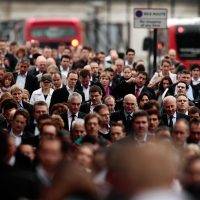 As more rail strikes grip the South East of England, a new study from Regus suggests that commuters are increasingly frustrated by the sheer tedium and disruption of getting to work in the first place and would like to adopt more flexible working practices as a result. In a study of 1,700 UK professionals carried out by the serviced office provider, 58 percent of respondents said they are looking to ‘work remotely in order to improve their travel schedule’ next year. The study cites recent reports which estimate that today’s average UK commute takes anywhere from 55 to 90 minutes with more than 3 million workers regularly facing journeys of two hours plus to get to and from work. Research has found that the commute has a detrimental effect on wellbeing, with the Office of National Statistics reporting that commuters have lower life satisfaction, lower levels of happiness and higher anxiety.
As more rail strikes grip the South East of England, a new study from Regus suggests that commuters are increasingly frustrated by the sheer tedium and disruption of getting to work in the first place and would like to adopt more flexible working practices as a result. In a study of 1,700 UK professionals carried out by the serviced office provider, 58 percent of respondents said they are looking to ‘work remotely in order to improve their travel schedule’ next year. The study cites recent reports which estimate that today’s average UK commute takes anywhere from 55 to 90 minutes with more than 3 million workers regularly facing journeys of two hours plus to get to and from work. Research has found that the commute has a detrimental effect on wellbeing, with the Office of National Statistics reporting that commuters have lower life satisfaction, lower levels of happiness and higher anxiety.







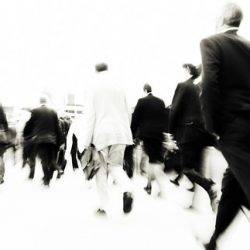



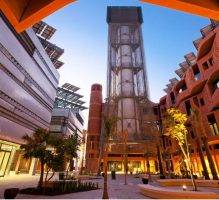
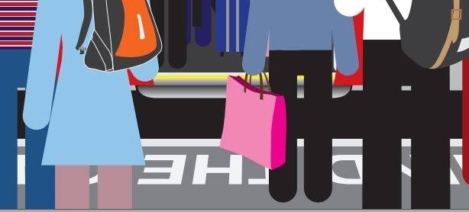
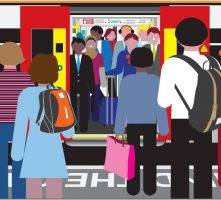





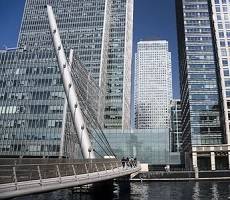












December 15, 2016
Commuting – stressful, annoying or just another opportunity? 0
by Mike James • Comment, Flexible working, Wellbeing
(more…)